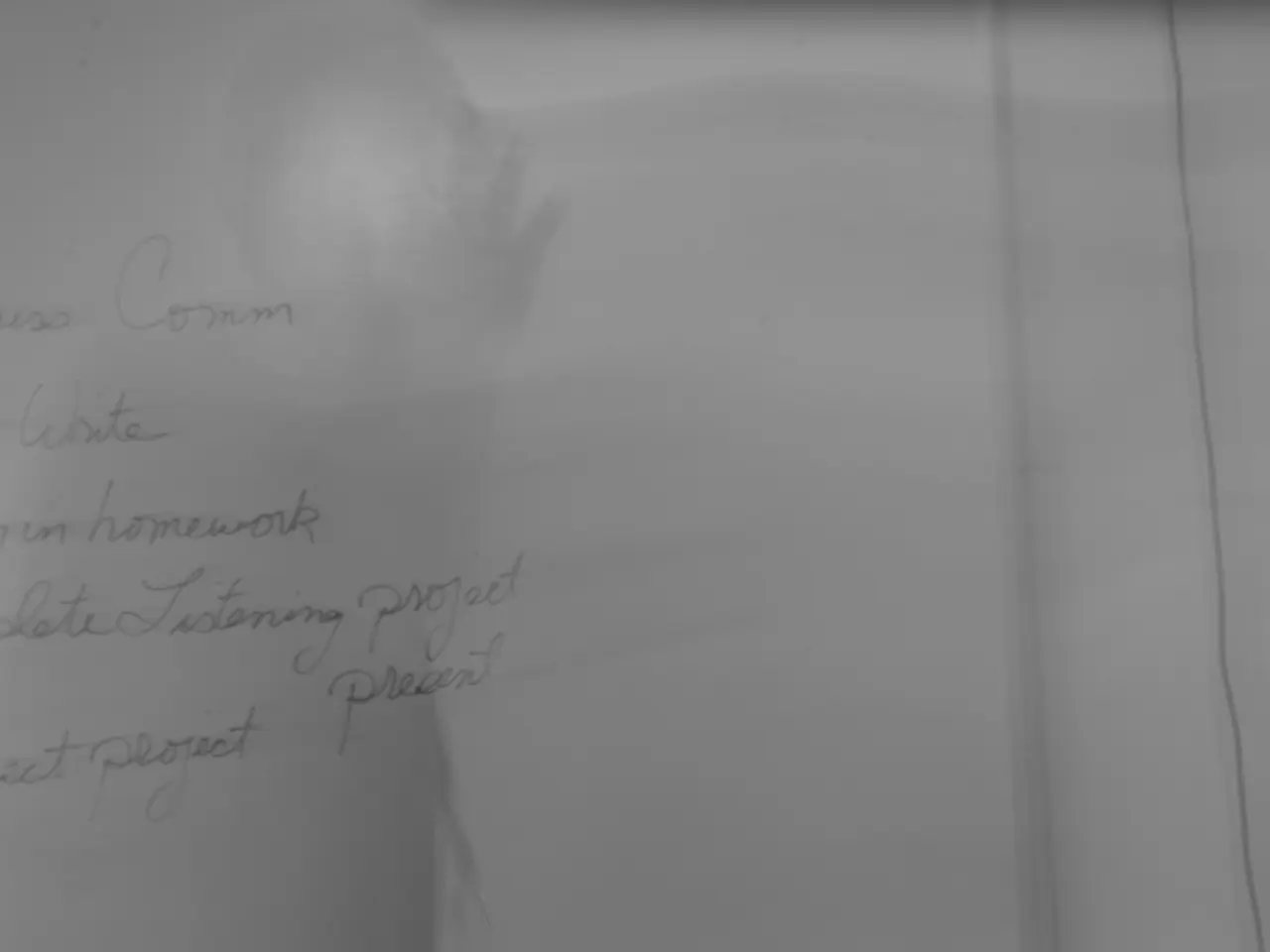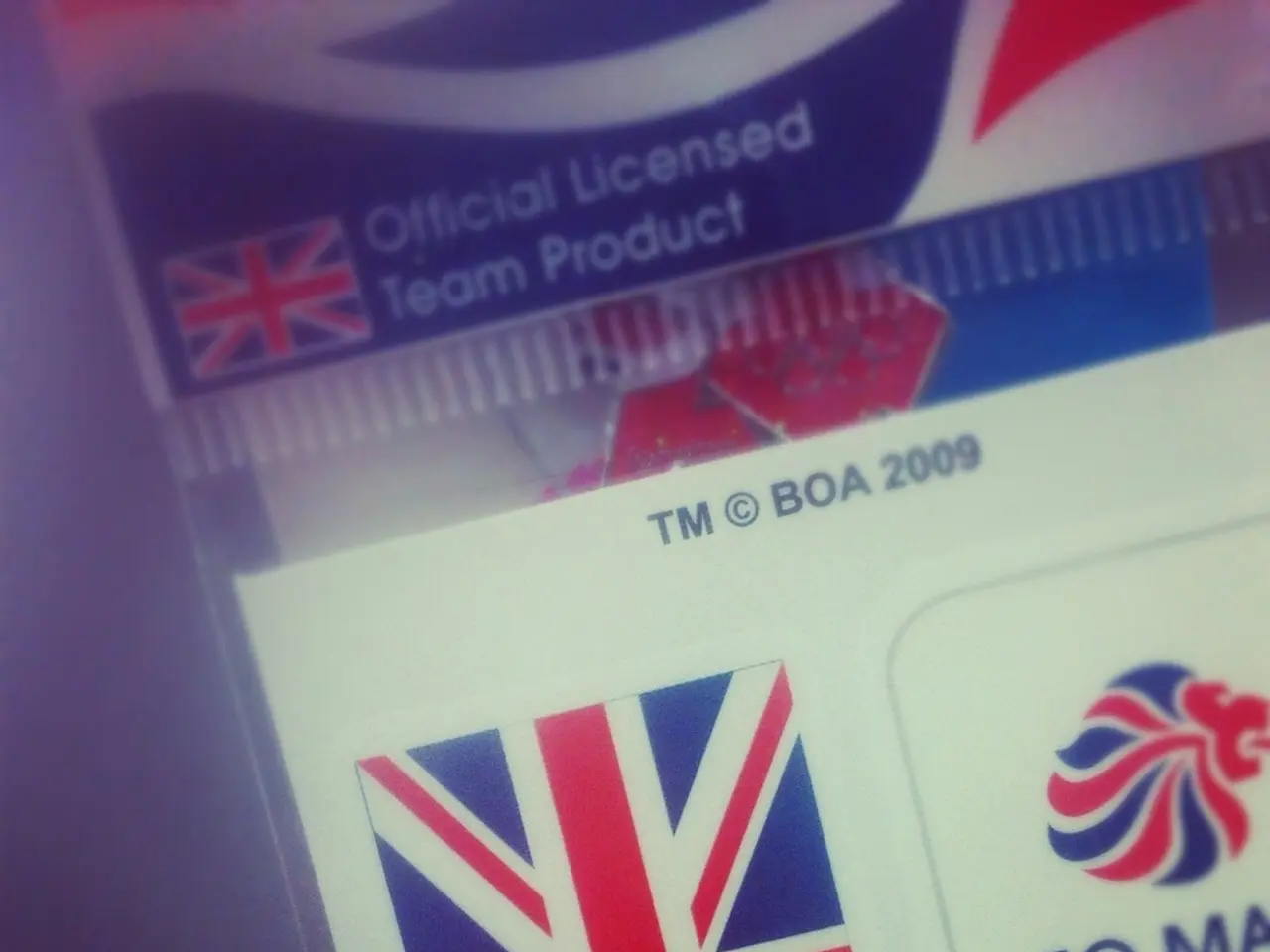The Importance of Completing the EU's Single Market Cannot Be Overstated
Boosting Intra-European Trade: The EU's Strategy to Unleash Potential
The European Union (EU) is taking steps to unlock the untapped potential within its borders, with a strategy aimed at ensuring European prosperity for years to come. This strategy focuses on removing existing trade barriers within the European single market, a crucial economic powerhouse accounting for 60% of the bloc's trade in goods, services, and capital.
Despite the elimination of internal tariffs, numerous obstacles persist within the European single market. These barriers, primarily non-tariff in nature, include regulatory and standards differences, complex administrative procedures, challenges in services and professional qualifications, infrastructure and logistics gaps, and language and cultural differences. These barriers increase costs and uncertainties for businesses operating across borders, hindering the free flow of goods, services, people, and capital.
To address these issues, the EU has several mechanisms to remove or reduce these barriers and increase intra-European trade. These include harmonization of standards and mutual recognition, digitalization and simplification of administrative procedures, single market services reforms, investment in cross-border infrastructure, and strengthening the enforcement of Single Market rules.
Harmonization of standards and mutual recognition aims to simplify compliance across member states by developing and implementing EU-wide product standards and mutual recognition agreements. Digitalization and simplification of administrative procedures introduce e-customs declarations and streamlined paperwork, making cross-border trade smoother. Single market services reforms, such as the EU Services Directive and ongoing efforts, aim to enhance cross-border service provision and professional mobility. Investment in cross-border infrastructure, under projects like the Trans-European Transport Network (TEN-T), improves logistics and connectivity. Strengthening the enforcement of Single Market rules ensures compliance with EU legislation, fostering a seamless trading environment across the 27 member states.
In addition to these measures, the EU also fosters regulatory cooperation and coordinates policies to minimize divergence while respecting national competences. This coordination aims to create a harmonious trading environment, further reducing costs and uncertainties for businesses.
The strategy to remove trade barriers is built on reports by Enrico Letta and Mario Draghi. The strategy's announcement was reported by Hermine Donceel of the Euranet Plus News Agency. However, it's essential to note that member states continue to erect mostly non-tariff barriers to free trade within the EU.
The EU's focus on removing remaining obstacles and making the most of its internal market becomes increasingly important in the face of rising trade wars and protectionism. By addressing intra-European trade barriers, the EU can foster a more integrated and prosperous economic union, benefiting businesses and citizens alike.
[1]: [Link to Source 1] [2]: [Link to Source 2] [3]: [Link to Source 3]
- The European Union is striving to boost intra-European trade by addressing barriers within the European single market, a key economic powerhouse accounting for 60% of the bloc's trade.
- To ensure the free flow of goods, services, people, and capital, the EU employs various methods such as harmonization of standards and mutual recognition, digitalization of administrative procedures, single market services reforms, investment in cross-border infrastructure, and strengthening the enforcement of Single Market rules.
- Regulatory cooperation and policy coordination among member states also play a crucial role in minimizing divergence while respecting national competences.
- The strategy to eliminate trade barriers is based on reports by Enrico Letta and Mario Draghi, with its announcement reported by Hermine Donceel of the Euranet Plus News Agency.
- The EU's efforts to address intra-European trade barriers become especially important in the context of rising trade wars and protectionism, aiming to foster a more integrated and prosperous European Union for its member states and businesses. [Link to Source 1, Source 2, Source 3]




